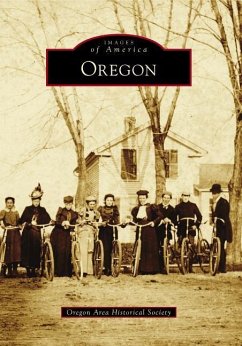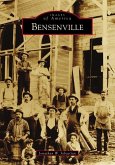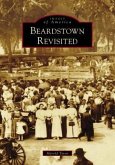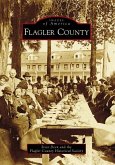Oregon traces its beginnings back to 1841, when Bartley Runey built a log cabin just south of the village of Oregon along the "Old Lead Trail." Primarily settled in the mid-1840s to 1850s, Oregon became a vibrant farming community. The railroad arrived in 1864 and provided a means of travel and transit, making Oregon the center of a much enlarged trade territory. By 1870, the population was 1,500, and many merchants, artisans, and tradesmen set up shop in the village to serve the needs of the community. Oregon was incorporated as a village in 1883. Following World War II, the coming age of the automobile with transportation and new highways and roads clearly marked Oregon's change from an agricultural community to a suburban one. Today, Oregon is an active community with nationally recognized schools, parks, and sports and recreation programs. Oregon, Wisconsin, is home to two special landmarks: the official marker at Prairie Mound Cemetery for Nathaniel Ames, the area's only Revolutionary War veteran, and the town's World War I monument, believed to be the first World War I memorial in the United States.
Hinweis: Dieser Artikel kann nur an eine deutsche Lieferadresse ausgeliefert werden.
Hinweis: Dieser Artikel kann nur an eine deutsche Lieferadresse ausgeliefert werden.








